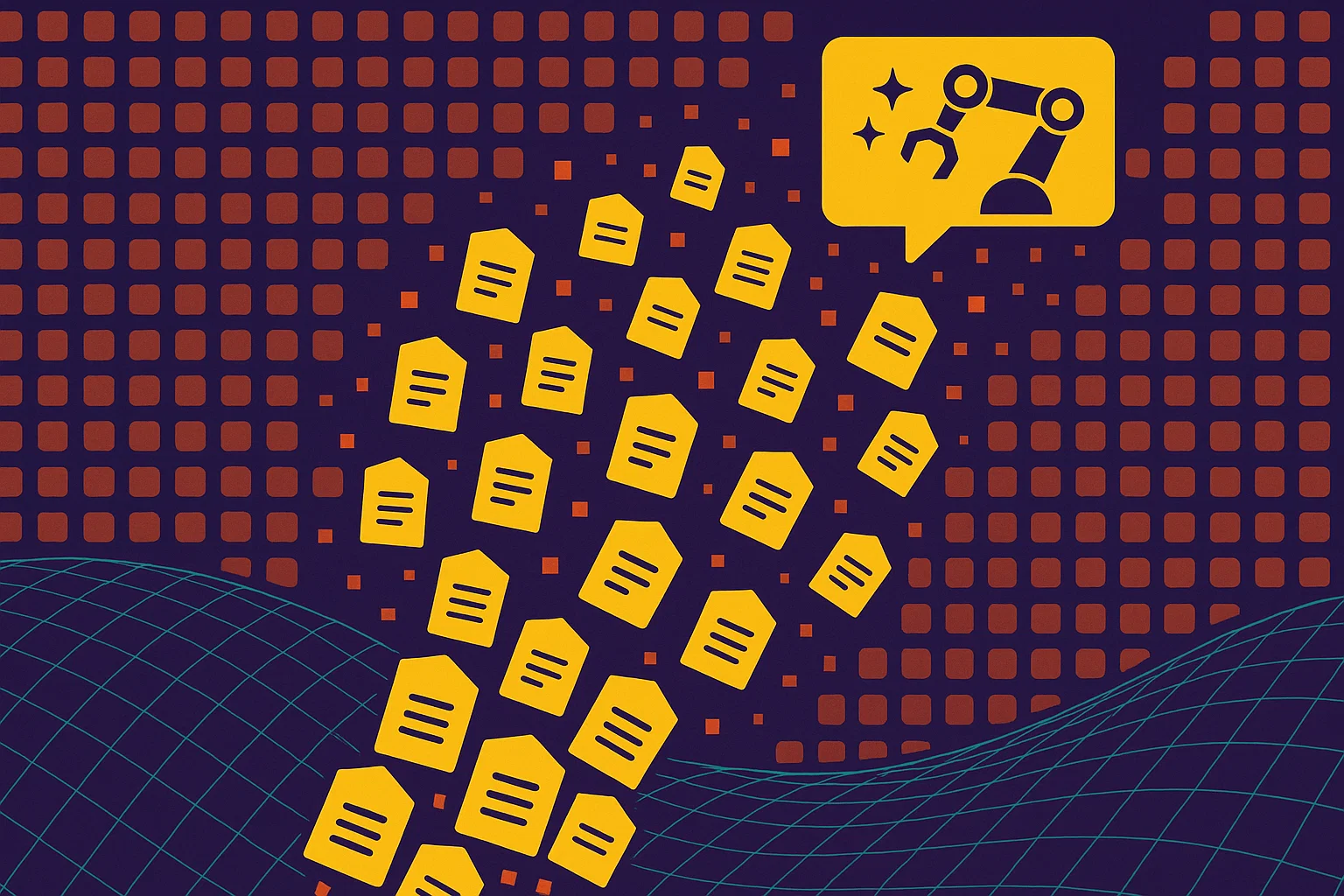Implicit Bias in Matrix Factorization and its Explicit Realization in a New Architecture
NeutralArtificial Intelligence
A recent study on matrix factorization reveals that gradient descent has an implicit bias towards low-rank solutions, even in unbounded sequences. This finding is significant as it highlights a consistent pattern where factors develop low-rank structures while their magnitudes increase. The introduction of a new architecture aims to capture this behavior more effectively, which could have implications for various applications in data analysis and machine learning.
— Curated by the World Pulse Now AI Editorial System





